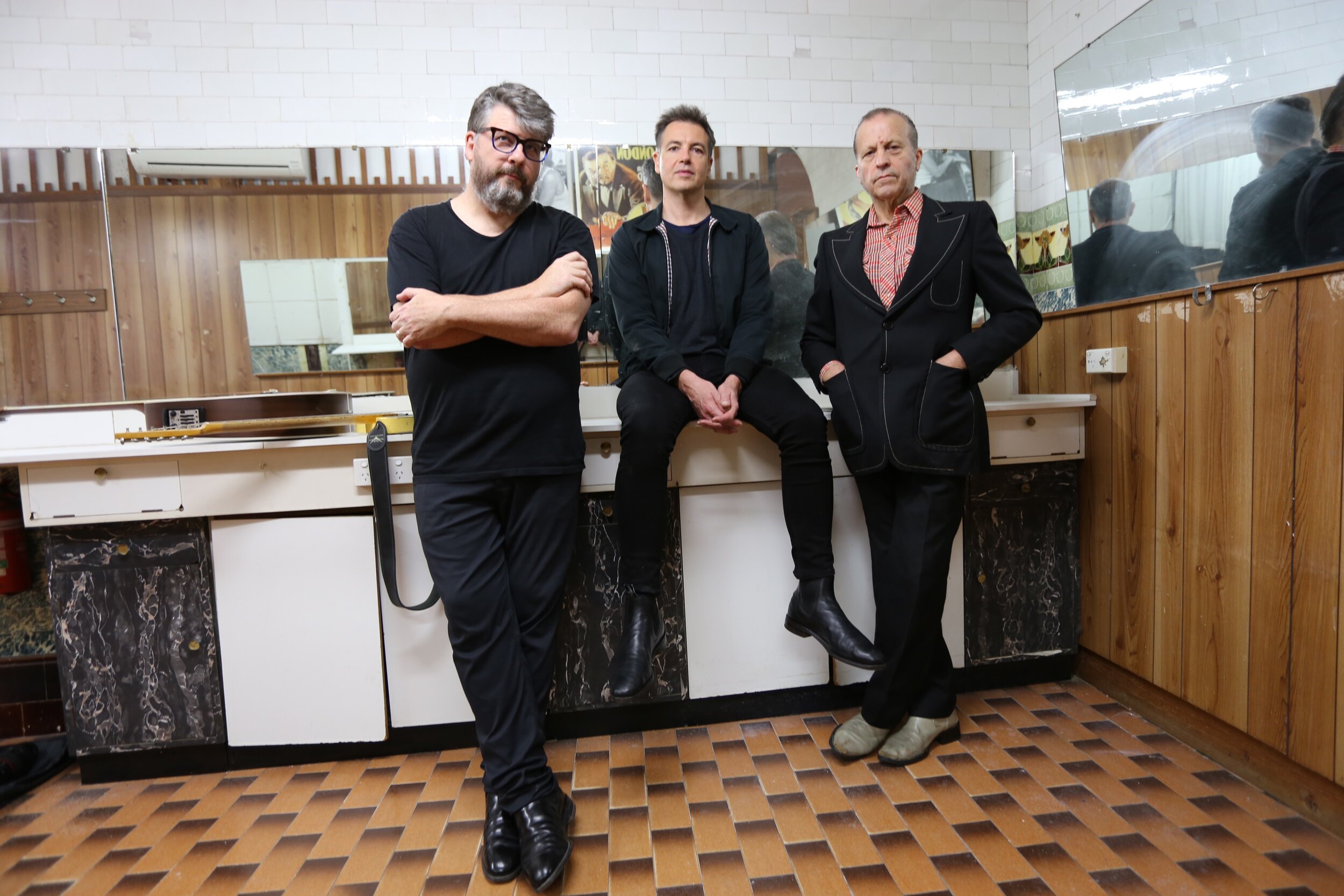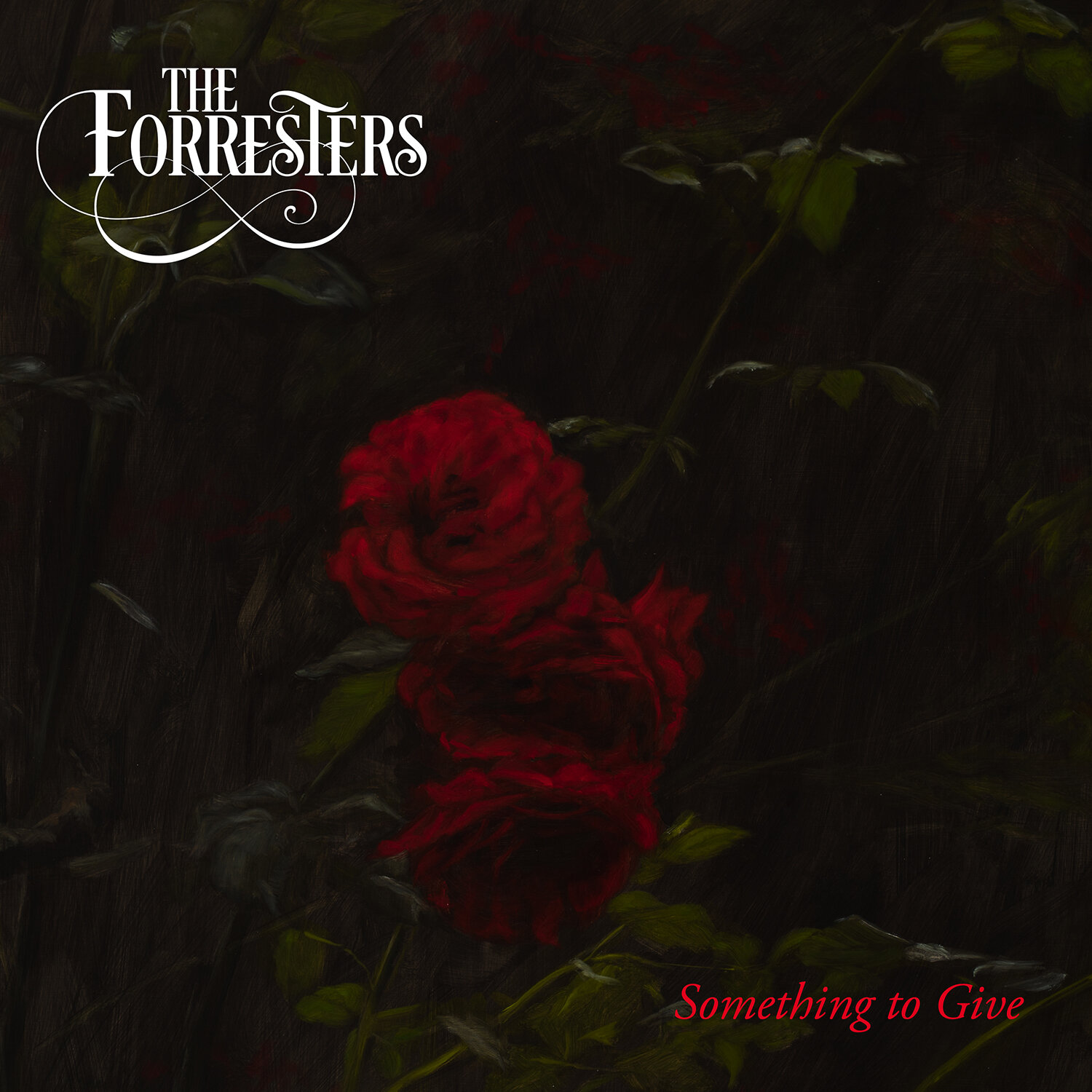The Gladstone Hotel and Stanley Street Darlinghurst ‘squats’
Darlinghurst Eats Its Young
The future is known, it’s the past that’s always changing.
As a long-term resident of Sydney, I often think, as I traverse the same streets or train lines over and over again, how far I’ve come without going anywhere. I still locate myself by landmarks that are no longer there – the venues, cafes, book and record shops that have disappeared. But memory is powerful enough to project vivid images onto the blank walls of bright new buildings; places haunted by the ghosts of people we used to be. A sensory trigger can conjure them – not something sweet like Proust’s madeleine cake, but something strong like burnt coffee, or kisses tasting of cigarettes and alcohol.
Darlinghurst Eats its Young grew out of a box of 300 photographs inherited by artist Madeleine Preston after her friend Maggie Woods died by suicide. The gift was an instant archive. If a photograph is a bookmark in time, collectively they can create a portal to the past.
I first saw some of these images when Darlinghurst Eats its Young was exhibited at Firstdraft gallery in a little Art Deco building at the bottom of Riley Street in Woolloomooloo. Paired with other archival material such as band posters and music, it evoked an almost forgotten foundation of Sydney culture from a time when life was still deeply analogue. I struggled to understand the effect it had on me. Was it just nostalgia I was feeling? A sentimental longing for the past; a mourning for what was lost? Art should be appraised with a cool objectivity – but sometimes emotion gets in the way.
What I experienced most was an overdue recognition of the people that modern Sydney was built on. Gentrification follows the artists and activists, but history soon forgets them. The punks, squatters and protesters quietly have the rug pulled out from under them, their music shut down, their futures auctioned off. Those lucky enough to ascend to the creative class and carve out a living from their dreams are dismissed as the latte-sipping elite, chardonnay set, smashed-avo eaters, whatever… (insert shorthand demographically convenient reductive moniker here).
As Madeleine says, the response to Darlinghurst Eats its Young was ‘immediate and overwhelming’, even from people who weren’t there. The photographs appeared in several exhibitions and the work grew to include some of their shared photos and memories. Madeleine conceived of a short film as a kind of apogee, but the project stalled – there was no funding and an early draft and some experimental footage didn’t quite hit the mark. She was kept busy with her own practice and, with partner Anthony Bautovich, running the Home@735 gallery from their terrace house in Redfern. When Madeleine became ill, she didn’t think she’d finish the film, but Anthony encouraged her and was able to accompany her as carer when she received an artist residency at Bundanon. There she was able to redraft the concept and, inspired by the work of French film essayist Chris Marker and photographer Nan Goldin, she ditched attempts to re-enact the images and instead returned to them as the source. She finalised the script and recorded the voiceover two weeks before succumbing to her illness. With editor Kathy Drayton, Anthony was able realise Madeleine’s vision and finish the film.
Many of those who appear in Darlinghurst Eats its Young died too soon, either at the time, due to drugs or HIV, or later. It’s easy to romanticise that life through the lens of the past and forget how brutal it could be. But I completely relate to its magnetic pull on Madeleine, who, as a teenager, skipped school to hang out with the older Maggie and her fringe-dweller friends living in the share-houses and squats of inner Sydney. There’s a photograph in the series that could be Madeleine, innocently stretched out on someone’s mattress in her school uniform, reading art books and magazines. I can imagine the bemused expressions of the house’s inhabitants when she crossed over into their world – a place that seemed intimidating and impenetrable to outsiders. She was the schoolgirl interloper that became the artist who would one day resurrect them.
Tracy Ellis
Maggie Woods and Madeleine Preston – circa 1983 (photo by Lisa Blogg)
This is one of over 300 photos from the ‘Darlinghurst Eats Its Young’ collection. The box containing the photos was left to Madeleine after Maggie died by suicide. Maggie and Madeleine were best friends. The photos in the collection depict their friends; musicians and artists living in the ‘squats’ of Darlinghurst in the early 80s. After Maggie’s passing, the box of photos remained untouched for many years.
In 2010, Madeleine decided to exhibit the photos. The exhibition and body of work became known as ‘Darlinghurst Eats Its Young’ (DEIY). I remember helping Madeleine set up the show in the front window of Sedition barber shop on Darlinghurst Road. She had no expectations. Posting some of the photos on social media resulted in an overwhelming response. Not only from the people in the photos but a broader audience. Hundreds of people engaged with the images and chat online.
After this first iteration at Sedition, DEIY evolved with further exhibitions at Sawtooth Gallery in Launceston (DEIY, 2011), Firstdraft (The Future is Known, 2012), Gertrude Contemporary, Melbourne (Octopus 13, 2013), Stills Gallery, Paddington (Bookmarked, 2015) and 55 Sydenham Road (DEIY, 2017).
In 2016, Madeleine started working on a short film about DEIY with friend and cinematographer Michael Filocamo. As the funds dried up the project remained on the backlog. Madeleine was busy with her art practice, teaching and running Home@735 Gallery with me.
Madeleine became critically unwell in July 2021. She collapsed at home and was taken to the emergency department at St Vincent’s Hospital. The paramedics were not able to detect any blood pressure. Something was seriously wrong. A few hours later I received a call from the ICU.
The doctor informed me that she had abdominal bleeding from a tumour on her liver and that she was not expected to survive the night. This was during covid lockdown, so I was not allowed to visit her. Early the next morning I got a call from another doctor telling me that they had been able to stem the bleeding but that it was unlikely she would see out the day. This ‘clinging to life’ state went on for several days.
Owing to her strength and the skills of the doctors and nursing staff, after 3 weeks in the ICU, Madeleine came home. She had survived this ordeal, but her prognosis was grim. The specialist who was looking after her told us that her condition was terminal, and that she had 5-7 months left. Apart from the emotional stress of have this terminal ‘black cloud’ diagnosis hanging over her, Madeleine also had to deal with daily physical symptoms including nausea and fatigue. My purpose during those final few months was to try and make each day as tolerable as possible.
I asked Mad about her film. I told her if she was able to finish the script, I could complete the film for her. She told me she didn’t have the energy. I knew that without her words and voice, the project was unlikely to be realised.
Madeleine was awarded a residency at Bundanon in February 2022. We didn’t know if she would be well enough to attend or still be here. Mad would not have been able to attend the residency without assistance so I travelled to Bundanon as her carer.
Just before we left for the residency, Madeleine told me that she would try to finish the script while we were away. We worked on the script together at Bundanon and I recorded several versions of her narrative. When we returned home, I contacted producer and friend, Wayne Connolly. We organised a recording session in late February at Hercules Street studio in Surry Hills.
I’m not sure how she garnered the strength for a long day of recording, but she did. Spending the day in the studio with friends Wayne and his wife, writer and musician, Tracy Ellis lifted her spirits.
Tracy added some astute changes to the script and by late afternoon, the recording was done. Madeleine’s condition deteriorated over the coming days – two weeks later, she passed away.
Anthony Bautovich



